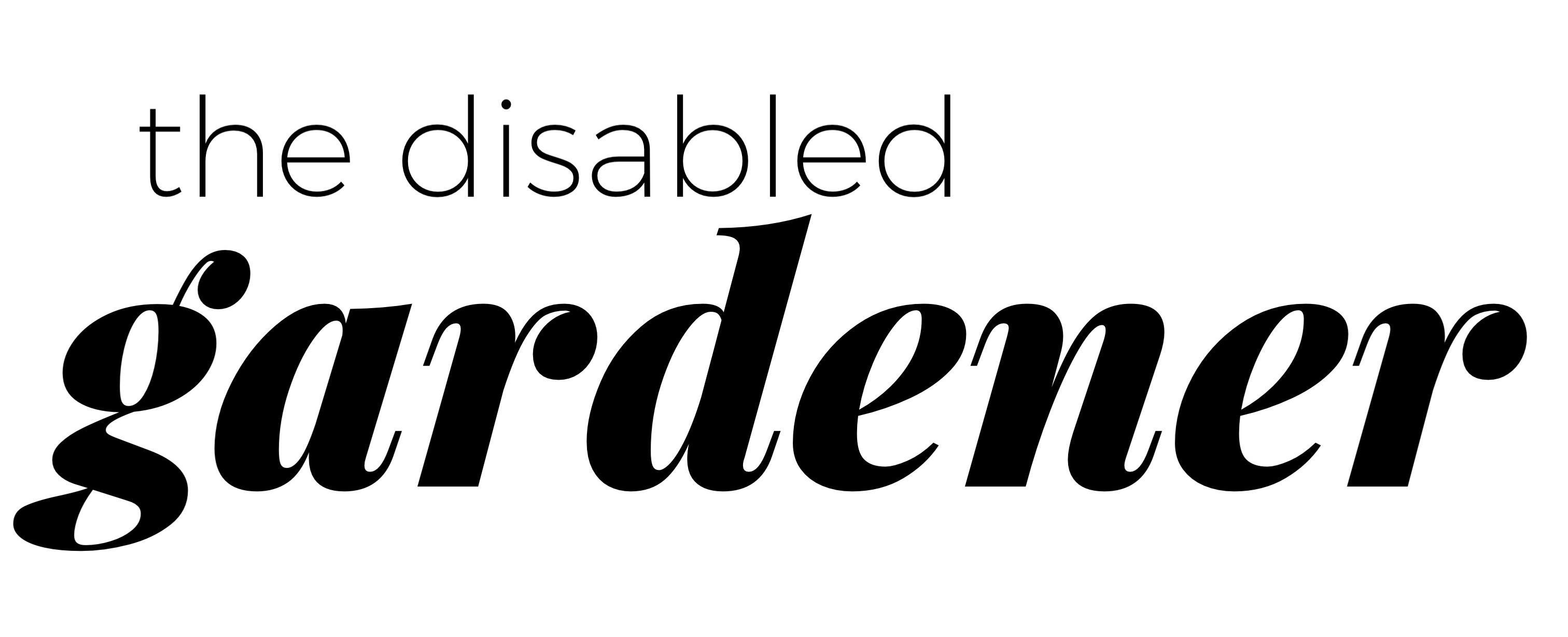Are you caught in a gardening quandary?
Gardening is your passion and it’s what you want to be doing, but your body’s not cooperating?
There are many good reasons to continue gardening well into old age.
- Gardening’s good for your health and well-being
- Gardening provides movement for your body and joy for your mind
- Gardening provides motivation and can be a source of healthy vegetables
But gardening has one problem for sufferers of arthritis – manual labor.
Normal aches and pains caused by the demands of gardening is enough to prevent you from tackling those flower beds, but the complication of chronic pain from arthritis is enough to make you want to throw in the trowel.
I’m going to share with you how you can stay in the garden for years to come.
Why is it so hard to figure out how to get motivated to get back to doing something you love?
It’s complicated!
There are six key factors that need to build your game plan for getting back into the garden and staying there.
The Pillars of Strength:
~Mind Management
~Exercise
~Nutrition
~Methods of Gardening
~Support
~Pain Relief
Mind management is the arch above the other five pillars. How you think about what’s happening to your body as you age affects your results. Learn to get out of the ‘victim’ mindset of why this is happening to you and have an attitude of this is my circumstance and I’m learning ways around it.
Exercise is key to keeping your joints lubricated and ready for action. Gardening is exercise, but specific exercises that target and strengthen your weaker joints are critical to injury prevention.
Nutrition is vital to staying in the garden when you have chronic pain. How does what you eat affect getting you back in the garden? Everything! As we age, we produce less and less of certain vital nutrients that our bodies require for optimum performance. You need to ensure you’re getting enough of those depleted nutrients to support healthy joints and muscles.
Methods of gardening are numerous. The way you garden can make or break whether you continue to garden. Trying new methods such as raised-bed gardening might require some help up front to get them established, but long-term will require much less physical labor.
Support includes tools you use in the garden and everyday life to support your affected joints and a healthy body. Tools that we’ve used all our lives in the garden may not be appropriate now. Evaluate the tools you’re using and where you could substitute a more helpful tool. There are also tools you can use to help with cranky joints such as braces, better shoes and even clothes with lots of pockets so you always have the right tool at hand.
Pain Relief is for those inevitable days when you’re going to need it. Exploring alternative pain relief methods can help reduce your reliance on prescription medications. Daily CBD drops, essential-oil based creams and gels, water therapy and regular massage and chiropractic adjustments are some alternatives that can help support your body and help you maintain your strength.
With proper implementation of these pillars you can garden for years to come, but they must sit on a healthy foundation and that foundation is your biome. It’s the network of microbiota in your body that creates a thriving ecosystem for those pillars. A healthy biome starts in the gut (the second brain). If your gut biome is out of balance, none of the pillars will stand correctly. They’ll stand for a while, but eventually crumble. If your microbiome foundation is off, then all the pillars will eventually crumble.
Just as a healthy soil is key to the success of your plants, a healthy gut biome is key to the success of your future gardening.
Join me as we explore these different pillars and ways to strengthen them.
Build a better you and follow me…back to the garden!

